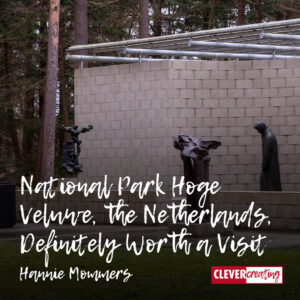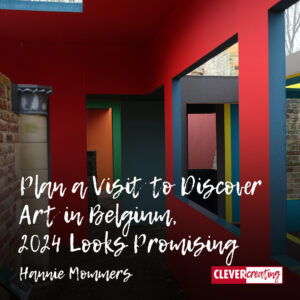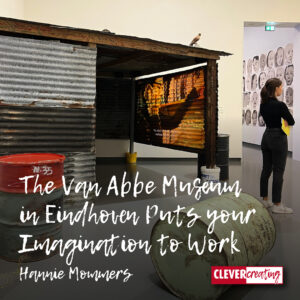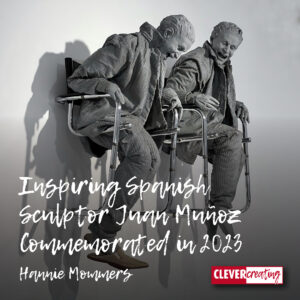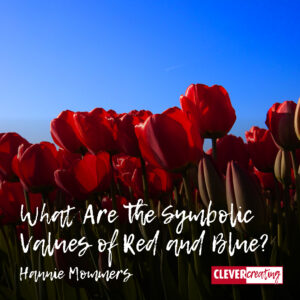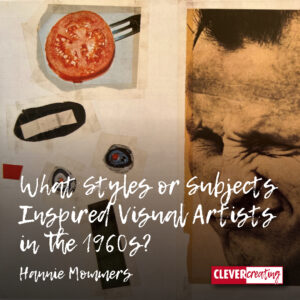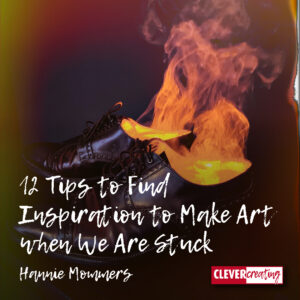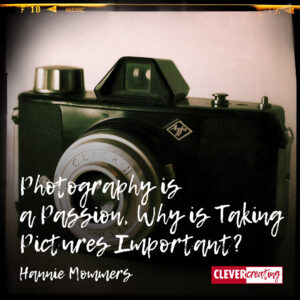
Taking pictures is narrowing your view in a good sense. Looking through the square hole makes you focus on the composition, colour and details of what you see. It’s all about making choices.
When I was 12 years old I got a camera from my granddad. It was an Agfa, that I know for sure. But I am not sure anymore whether it was a Click or a Clack.
All these years I was convinced it was a Clack-II, but googling pictures of it made me wonder. The image in my memory resembles more of the Click-II.

